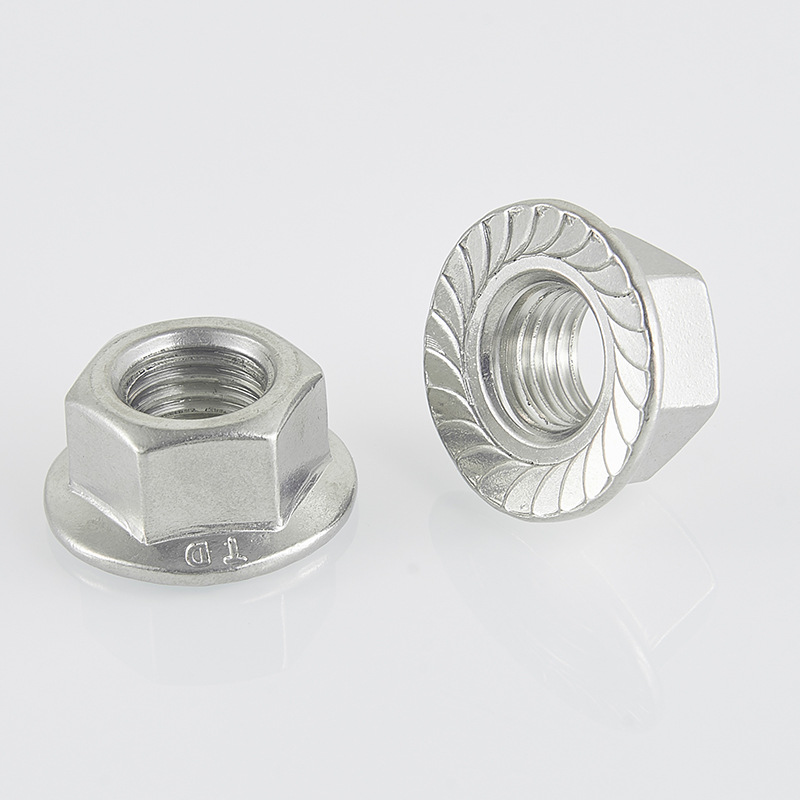

Self-Tapping Screws Designed Specifically for Plastic Applications and Installation
Oct . 18, 2024 10:15 Back to list
Self-Tapping Screws Designed Specifically for Plastic Applications and Installation
Understanding Self-Drilling Screws for Plastic Applications
Self-drilling screws are a specialized fastening solution that enables quick and efficient assembling, particularly when working with plastic materials. These screws are designed with a unique tip that can penetrate the material without pre-drilling, making them ideal for both DIY projects and professional applications. This article delves into the features, benefits, and best practices for using self-drilling screws in plastic.
What Are Self-Drilling Screws?
Self-drilling screws, also known as self-tapping screws, come with a drill-like point that allows them to create their own hole as they are driven into a material. Unlike traditional screws that require a pilot hole, self-drilling screws simplify the installation process by reducing the number of steps involved. This characteristic not only saves time but also minimizes the risk of damaging the surrounding material.
Advantages of Self-Drilling Screws for Plastic
1. Ease of Use One of the primary benefits of self-drilling screws is their convenience. They can be quickly installed without the need for additional tools, such as a drill for pilot holes. This feature is particularly beneficial for projects that require multiple fastening points.
2. Design Flexibility Self-drilling screws are available in various sizes and designs to accommodate different plastic types and project requirements. Whether you are working with high-density polyethylene (HDPE) or polyvinyl chloride (PVC), there’s a self-drilling screw suited to your needs.
3. Minimized Stress on Material Attaching pieces of plastic can sometimes lead to cracks or splits. Self-drilling screws are designed to minimize stress during installation due to their sharp tips and threading, allowing them to cut through the plastic efficiently and reduce the likelihood of damage.
4. Secure Fastening The threading of self-drilling screws provides excellent grip, ensuring a tight fit. This is essential in applications where parts may be subject to movement or vibrations.
self drilling screws for plastic

Considerations When Using Self-Drilling Screws in Plastic
While self-drilling screws offer numerous benefits, there are several factors to keep in mind to ensure successful installation
1. Material Compatibility Make sure that the type of plastic you are working with is suitable for self-drilling screws. Some softer plastics might not hold the screw well, while high-density plastics are generally a good fit.
2. Screw Size and Length Choosing the right screw size is crucial. A screw that is too long may protrude on the other side, while one that is too short may not provide a secure hold. Always refer to product specifications and guidelines to select the appropriate screw size for your application.
3. Drilling Speed When driving in self-drilling screws, using the appropriate speed on your drill or driver is essential. Too high a speed can cause the plastic to melt or deform, while too low a speed may result in stripping the screw head.
4. Pilot Holes for Thick Materials In cases where the plastic material is particularly thick or tough, it may be beneficial to create a small pilot hole, even when using self-drilling screws. This can help guide the screw and prevent unnecessary stress on the material.
Conclusion
Self-drilling screws are an invaluable fastening solution for working with plastic materials. Their ability to simplify the installation process, combined with their design flexibility and secure fastening capabilities, makes them a preferred choice among professionals and DIY enthusiasts alike. By understanding the advantages and considerations involved in using self-drilling screws, you can ensure successful and reliable results in your projects. Whether you are building furniture, creating signage, or engaging in automotive repairs, using the right self-drilling screws will lead to efficient assembly and enduring performance.
Latest news
-
Premium Fasteners Manufacturer | AI-Driven Solutions
NewsAug.01,2025
-
Hot Dip Galvanized Bolts - Hebei Longze | High Strength, Corrosion Resistance
NewsAug.01,2025
-
High-Strength Hot Dip Galvanized Bolts - LongZe | Corrosion Resistance, Custom Sizes
NewsAug.01,2025
-
Best Self Tapping Screws for Drywall - Fast & Secure Installation
NewsJul.31,2025
-
High-Strength Hot Dip Galvanized Bolts-Hebei Longze|Corrosion Resistance&Customization
NewsJul.31,2025
-
Hot Dip Galvanized Bolts-Hebei Longze Metal Products|Corrosion Resistance&High Strength
NewsJul.31,2025

